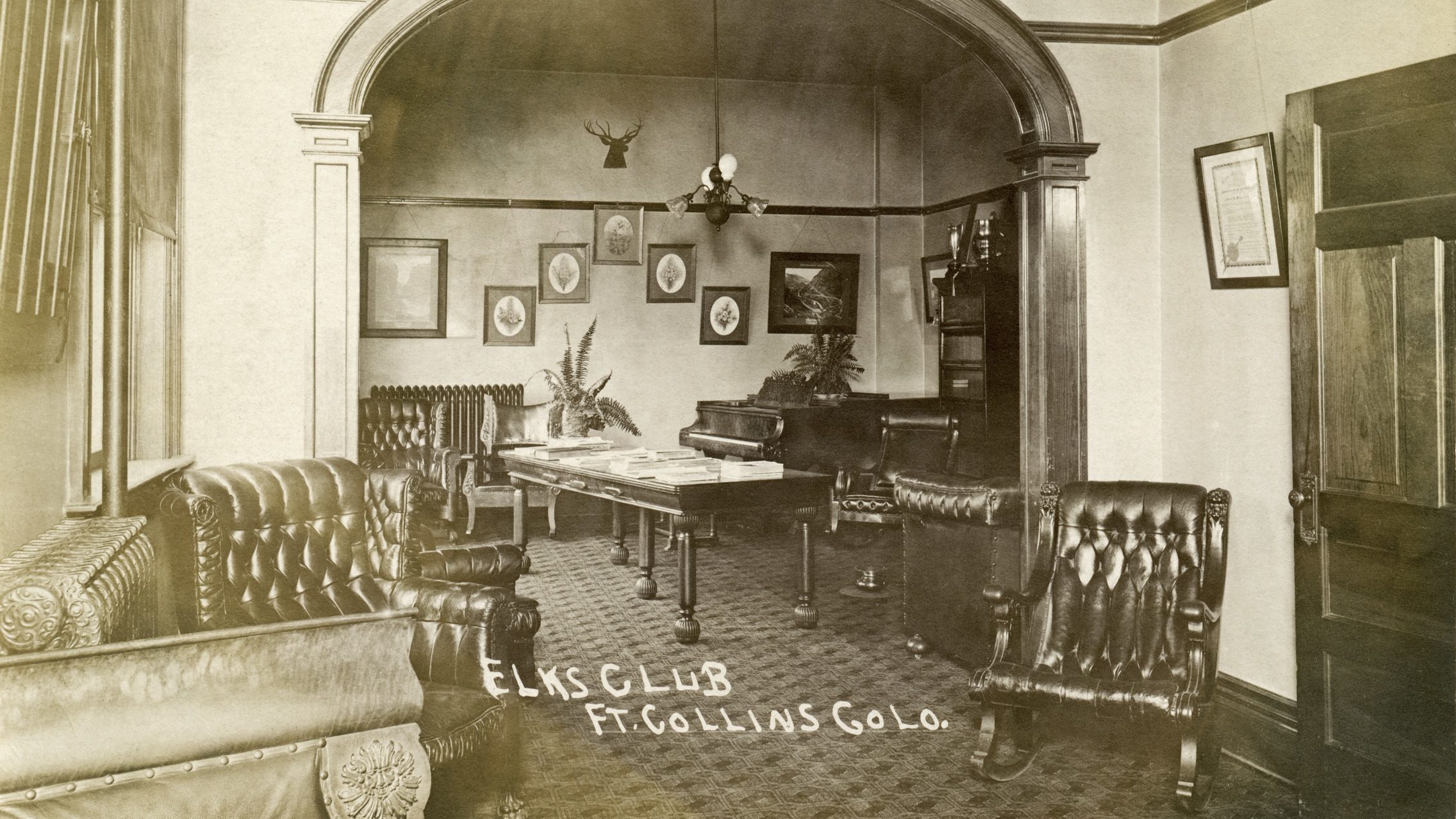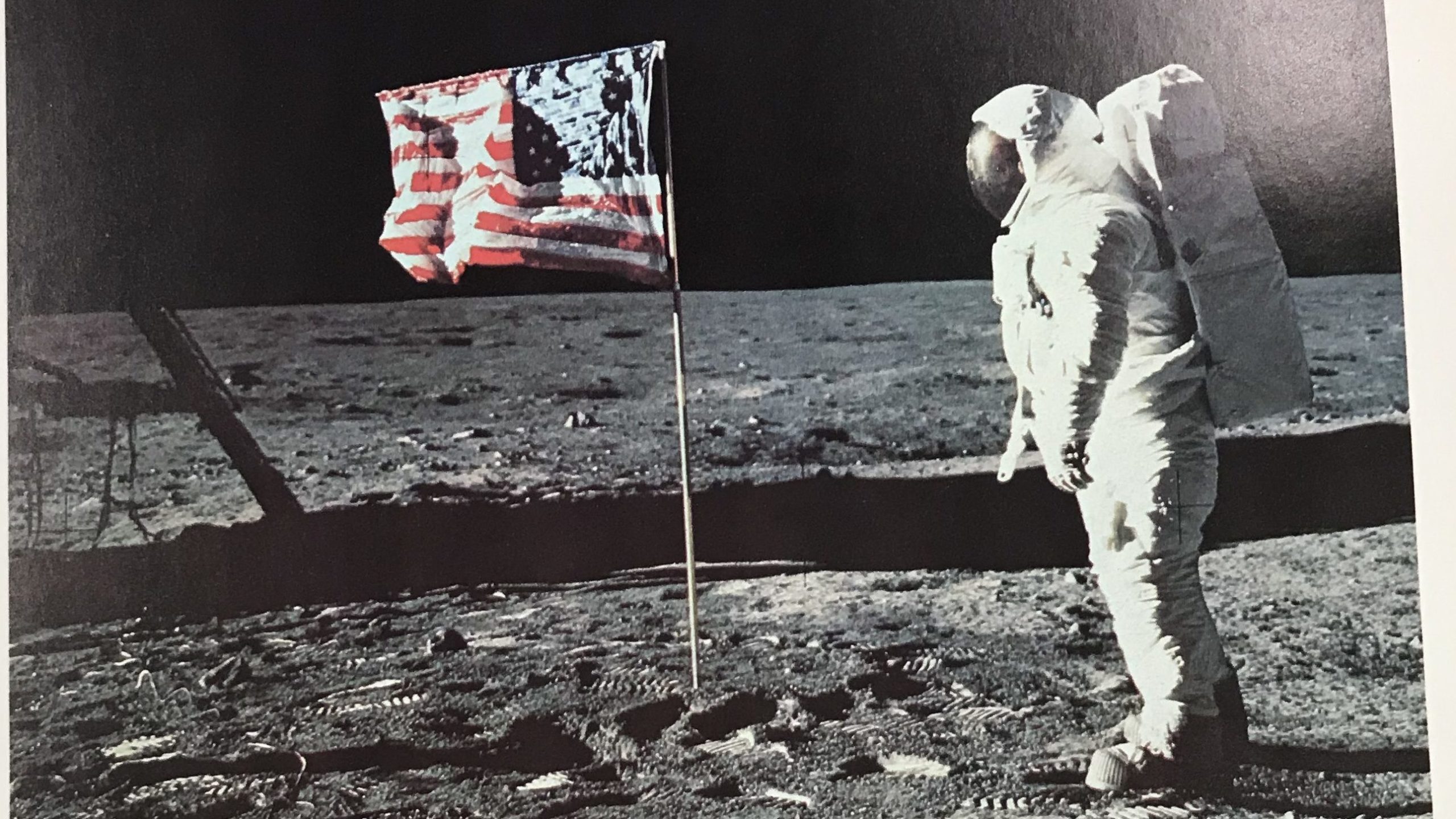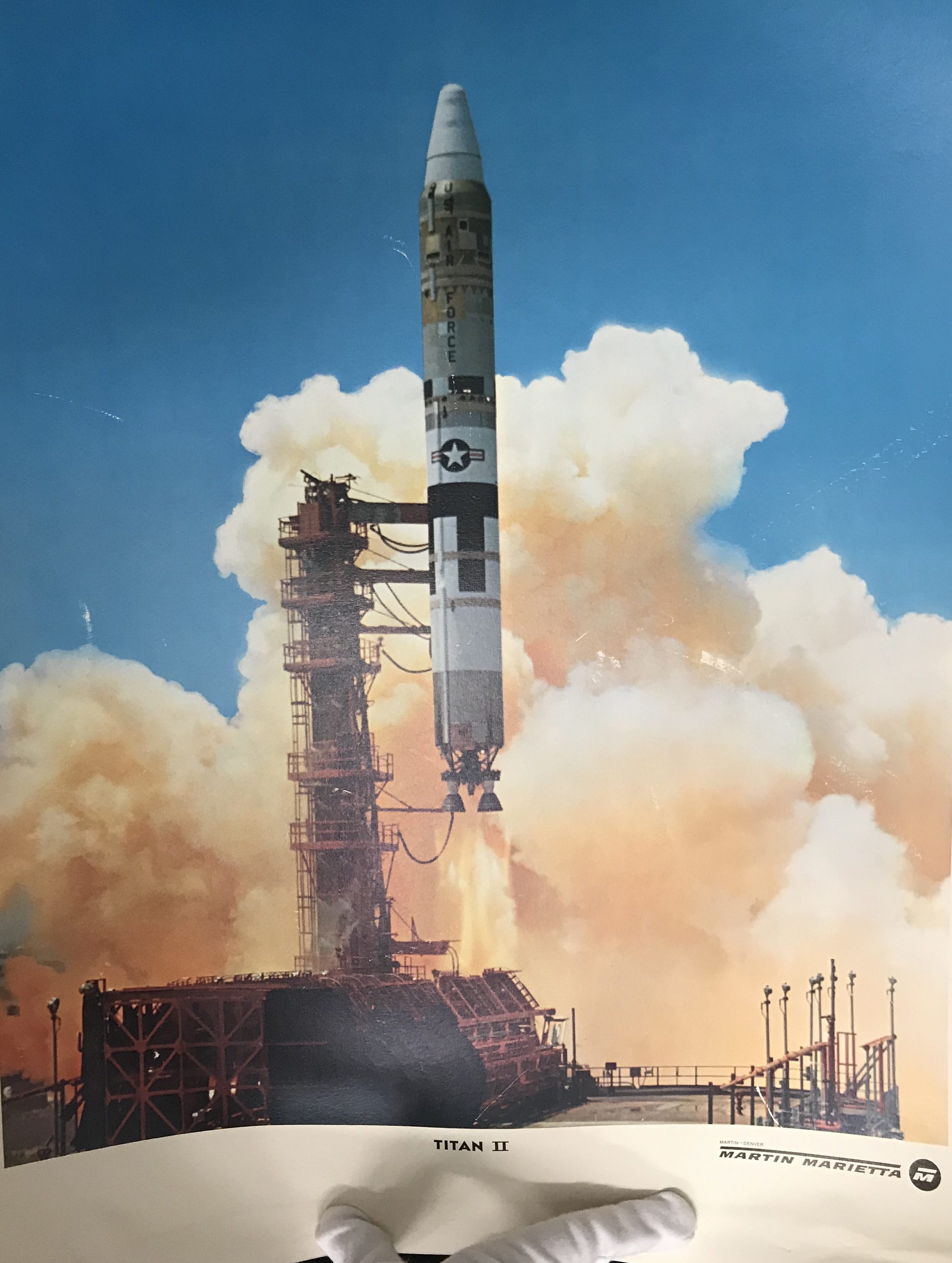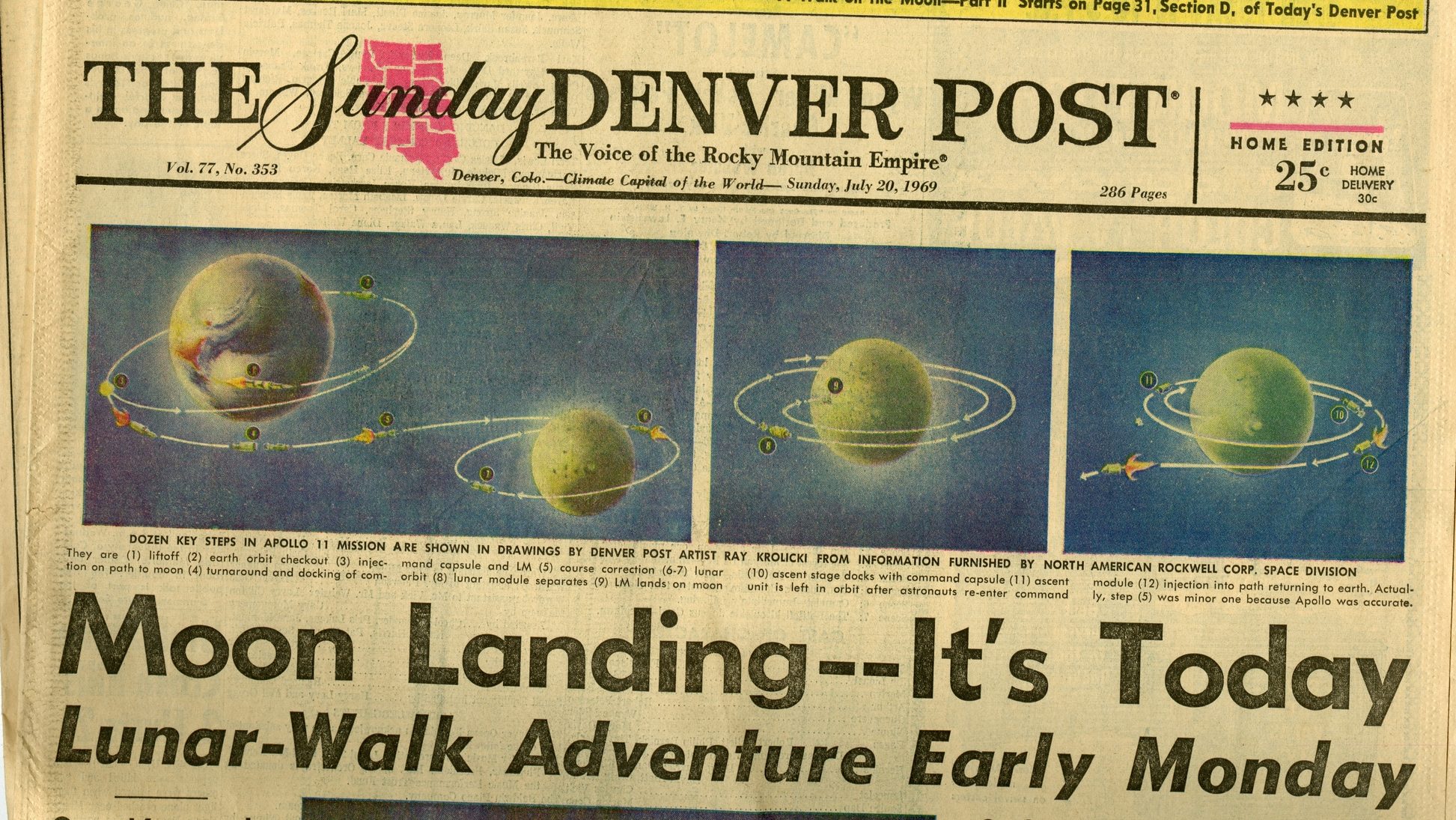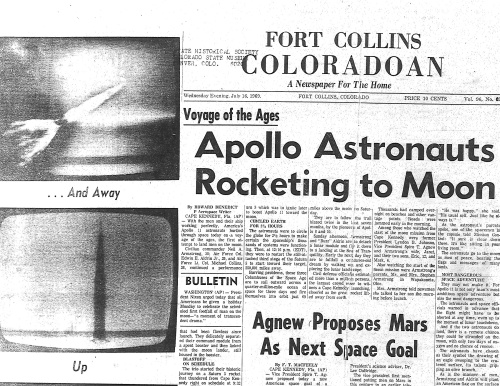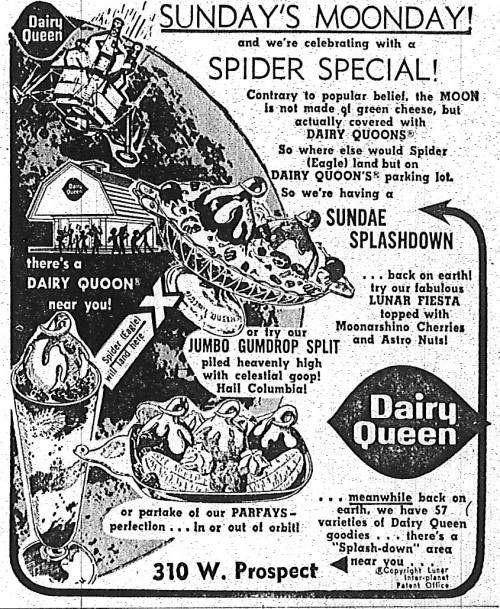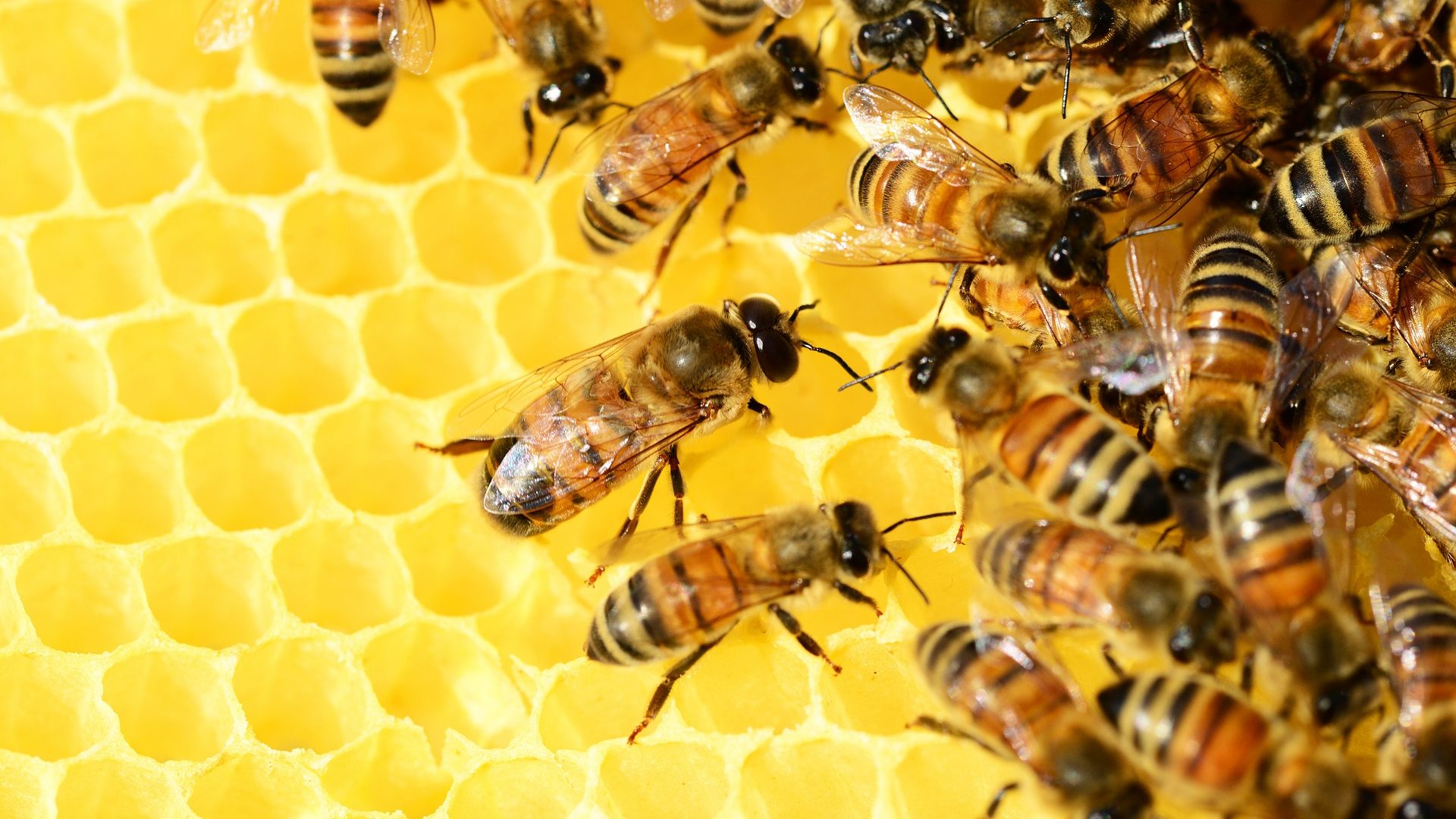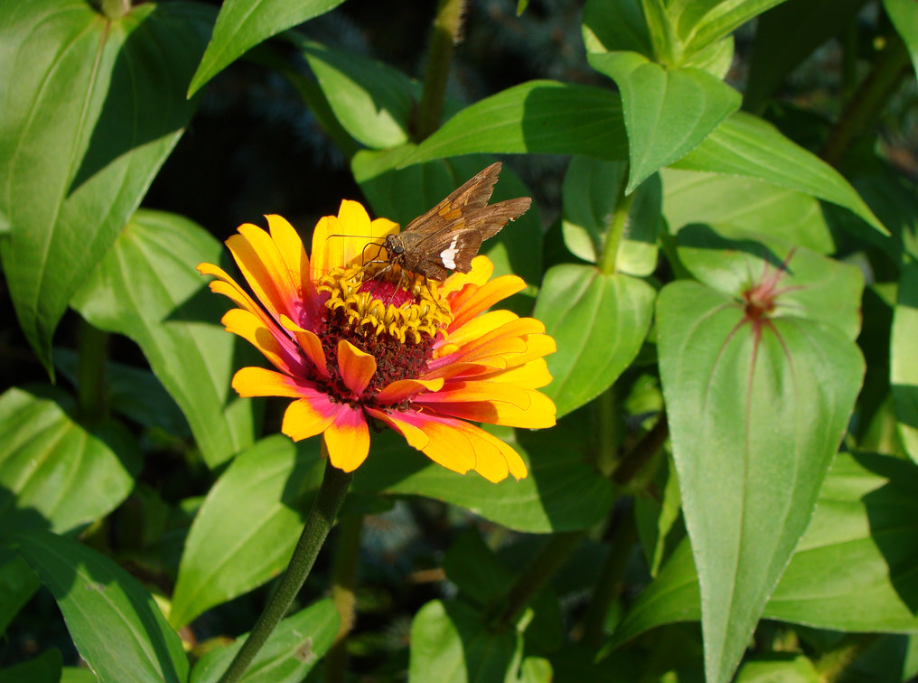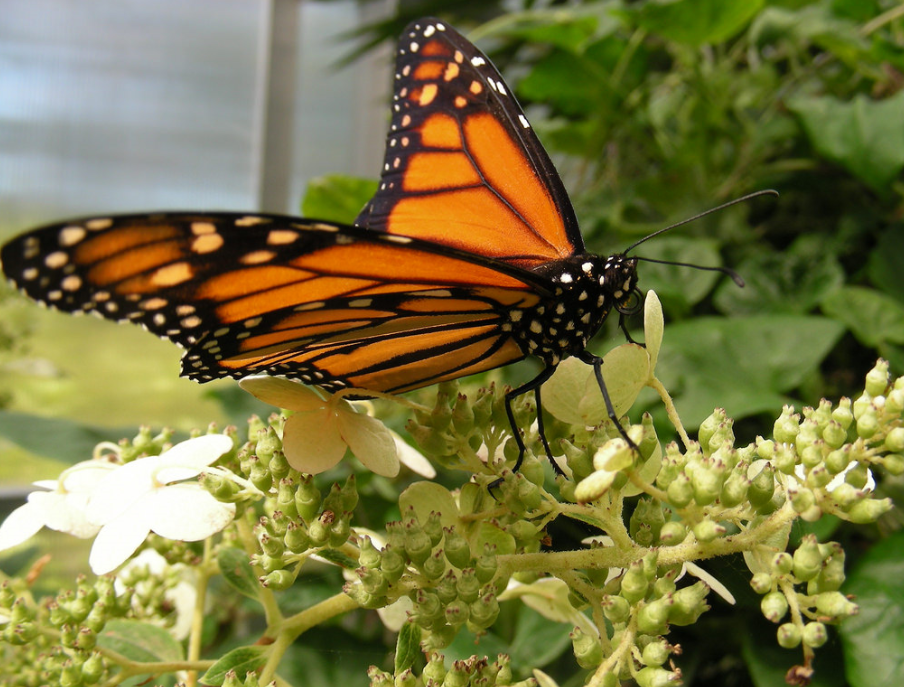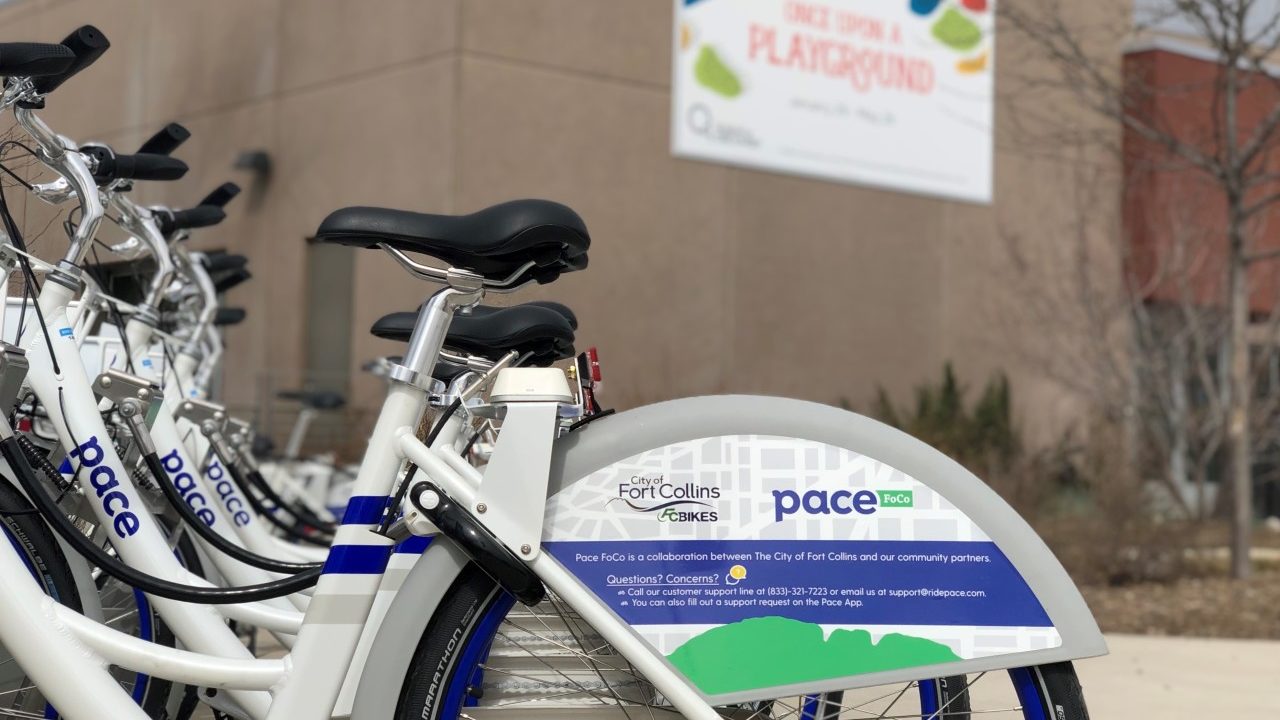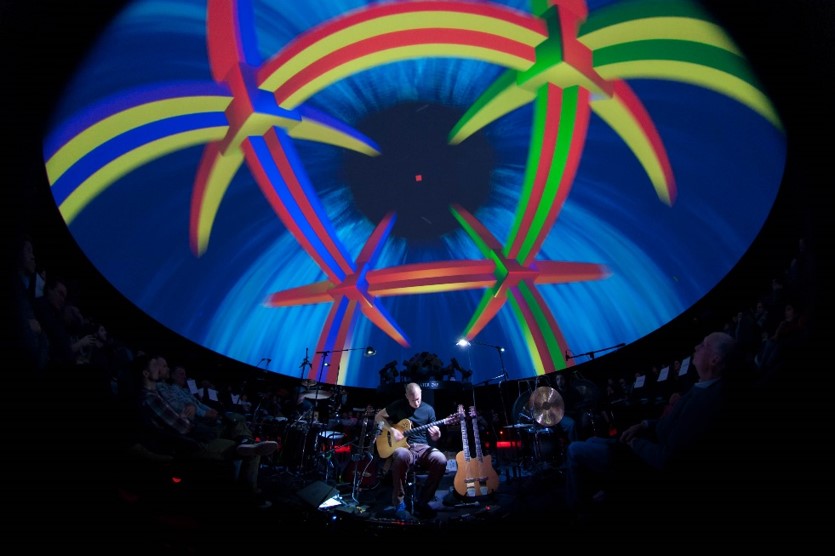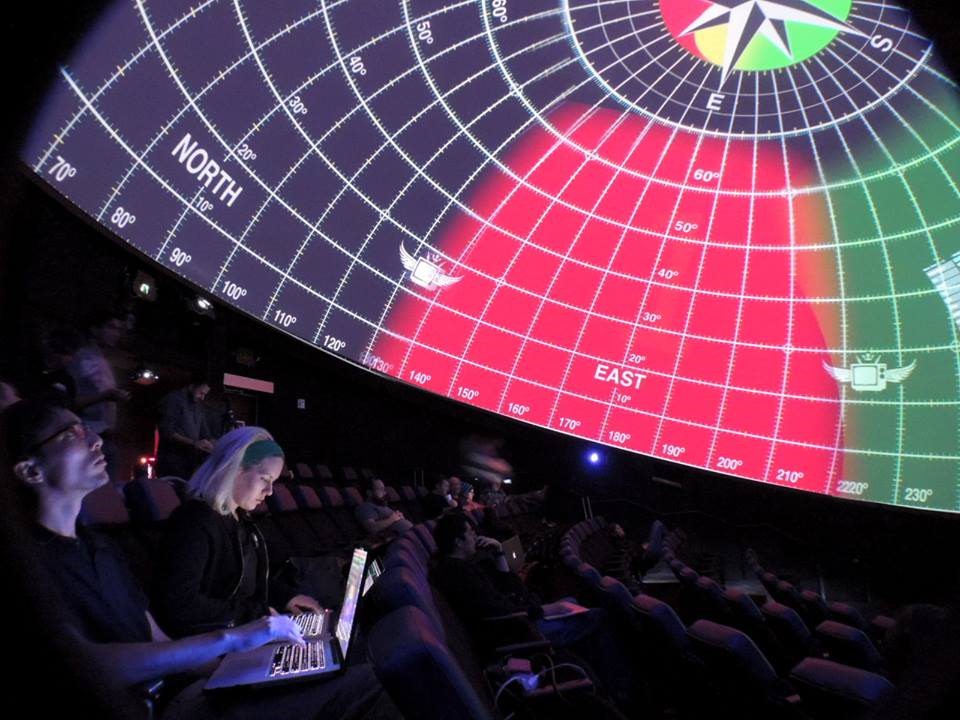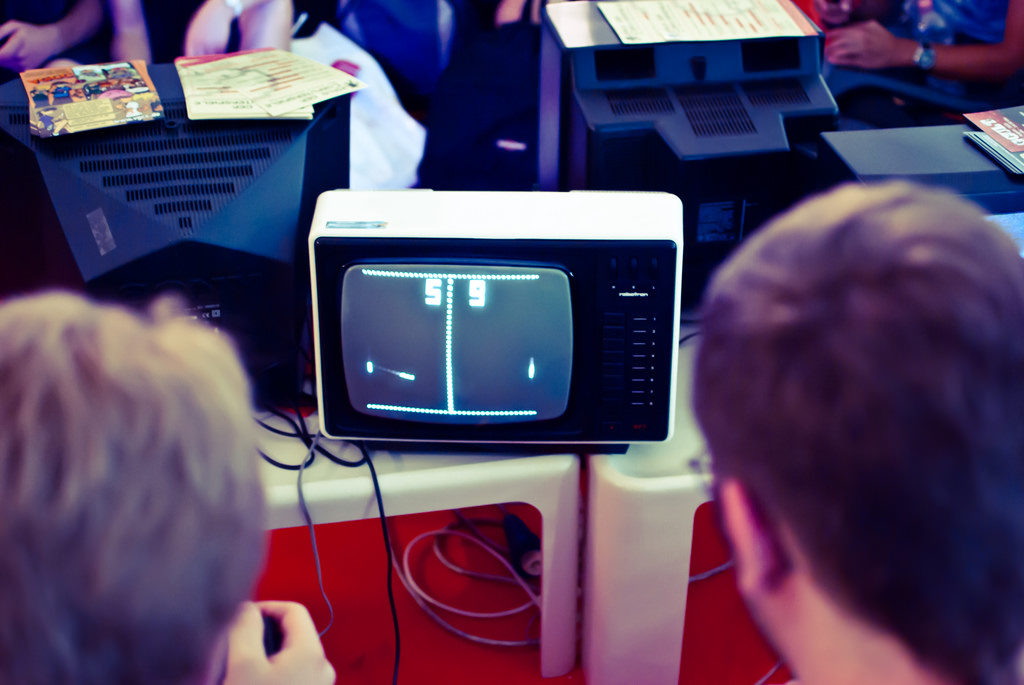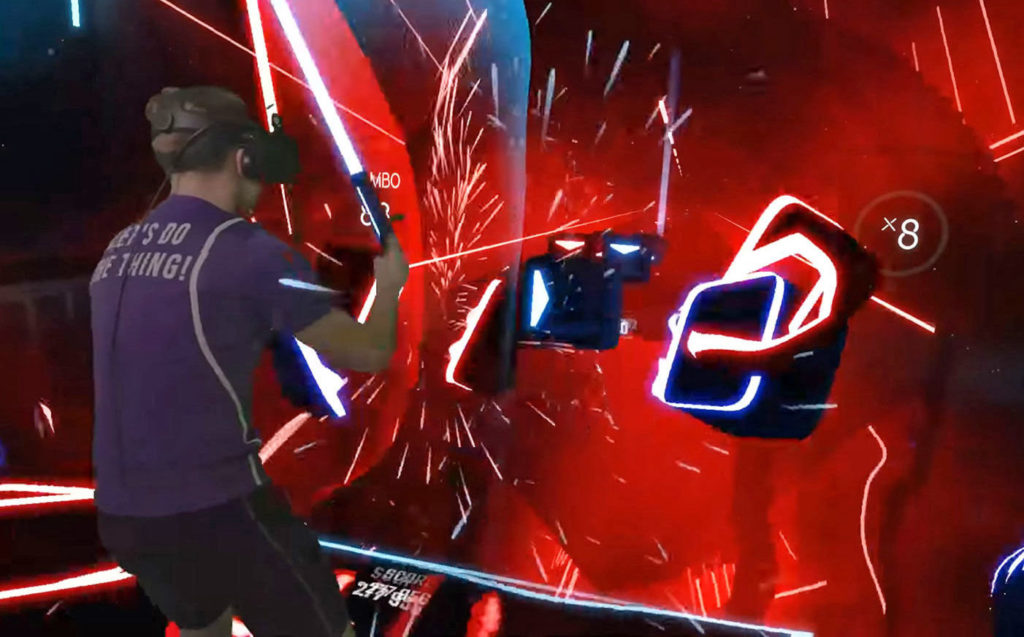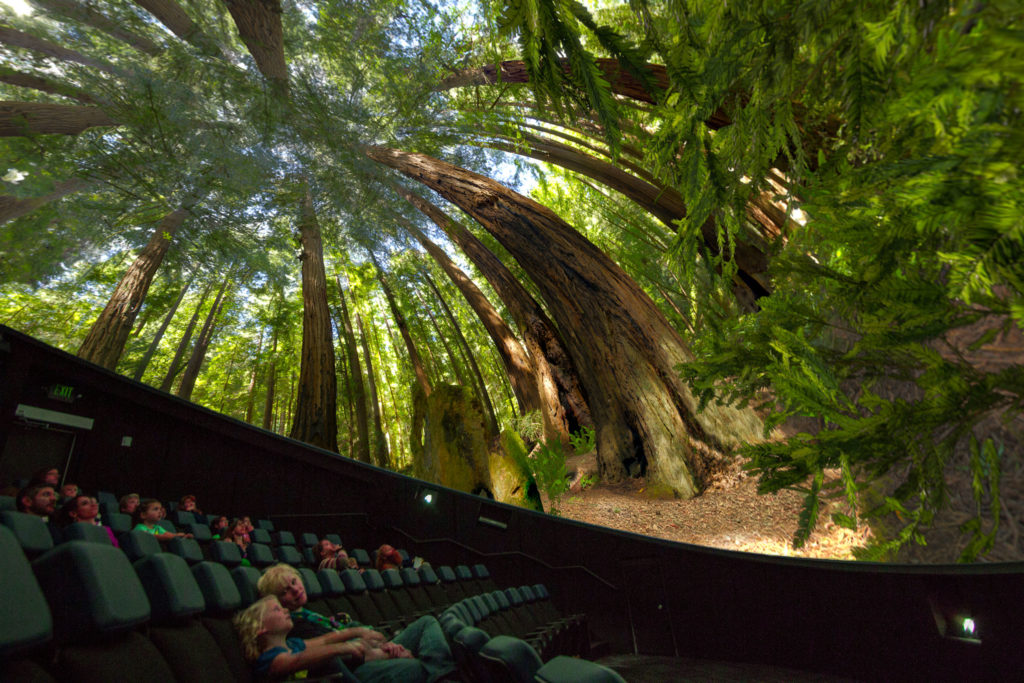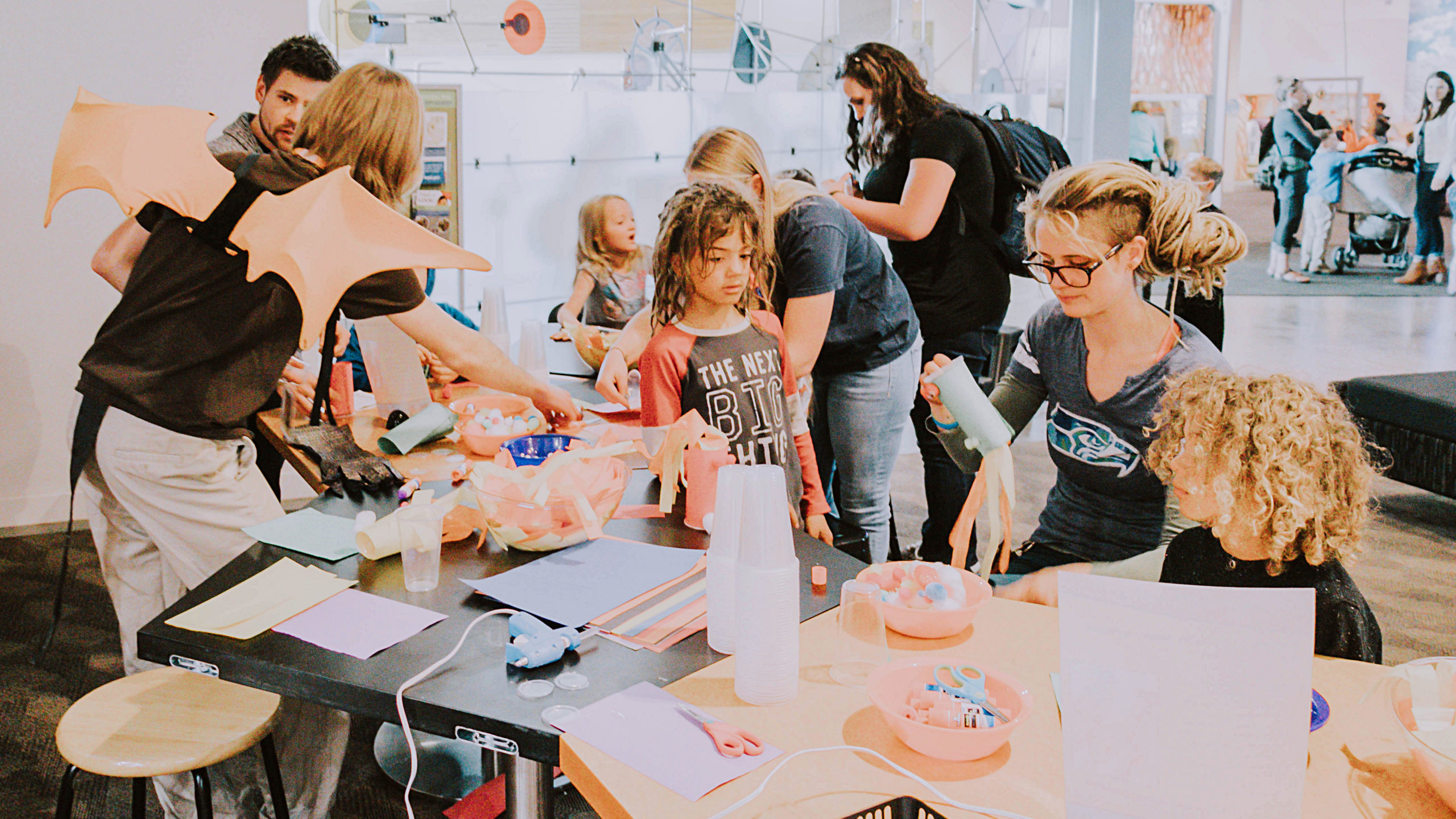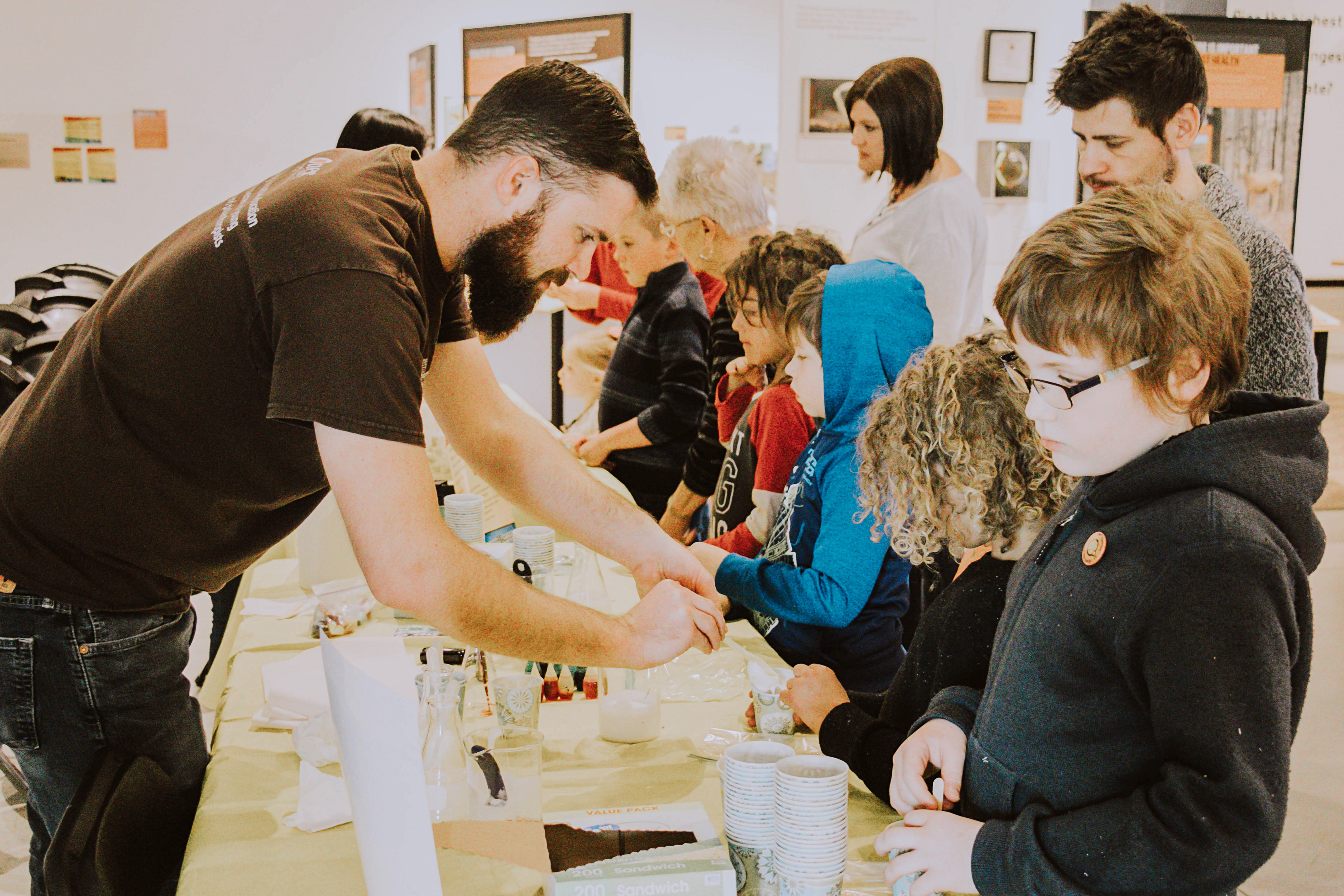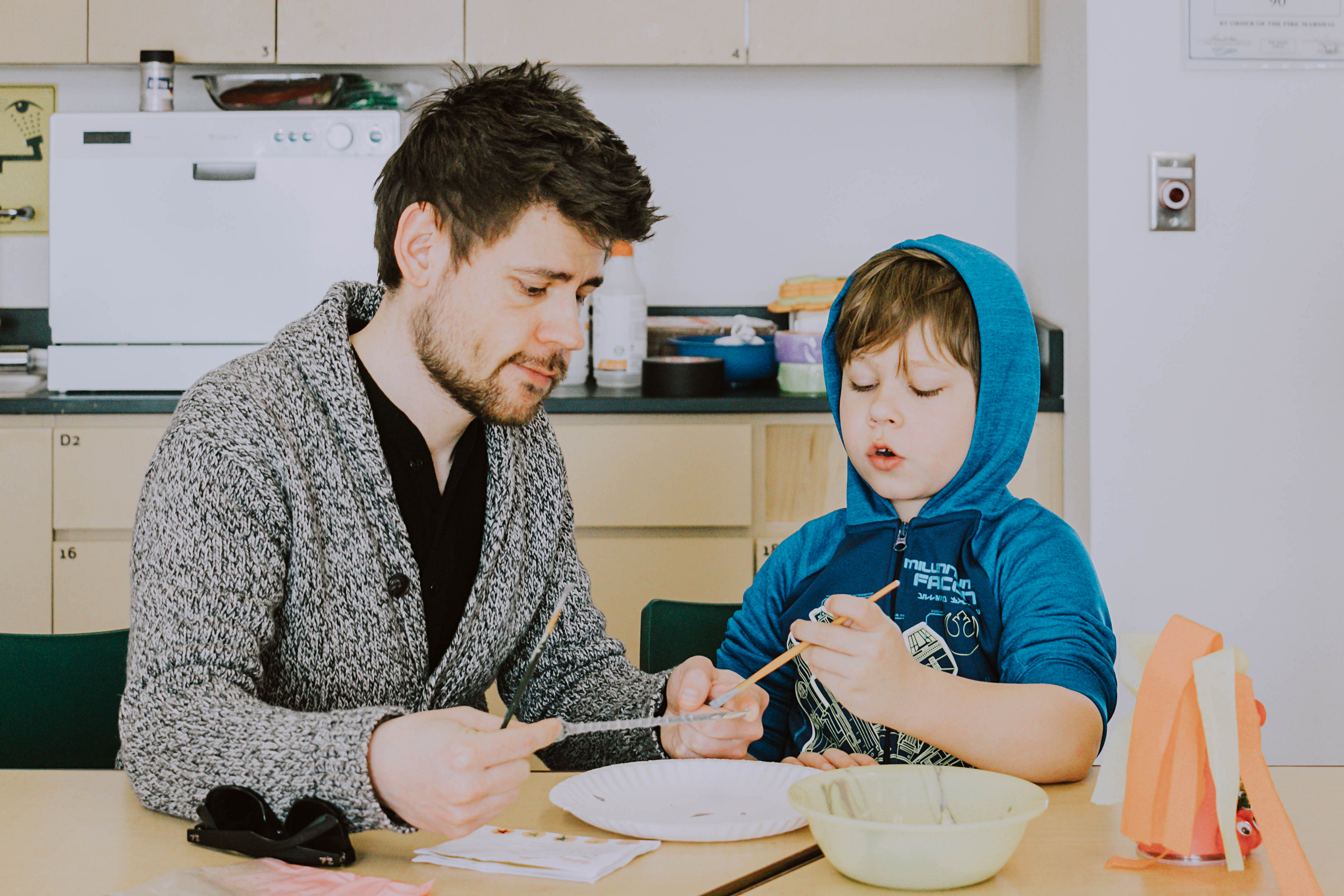Member Spotlight: Bevin Walker
Museum member, Bevin Walker, spoke at this year’s Night at the Museum. We were so inspired by her words, we wanted everyone to be able to experience them. Below is the transcript of her speech. Thank you for your support of the museum, Bevin!
Thank you for joining us tonight in adoration and support for Fort Collins Museum of Discovery.
Iʼm Bevin Walker, proud mother of the 5 amazing kids featured in the FCMoD film. The kiddos true colors were presented so beautifully. I hope you enjoyed viewing the film as much as we enjoyed making it.
I would like to take a moment to thank FCMoD for asking our family to be a part of this special night and for the privilege to speak about how this wonderful museum has enhanced our childrenʼs education.
A special thank you to my husband Jeramie for his unwavering love and support. It is his dedication that gives us the freedom to homeschool.
8 years ago, when our eldest was kindergarten age, we began our homeschooling journey. We wanted our children to have ample time and opportunities to pursue their interests and learn to self-regulate.
Our choice to homeschool has granted us many luxuries; one of which is the ability to tailor curriculum to our childrenʼs needs. We use a mixed media approach for core subjects but our pedagogy is mainly oriented by everyday life and our childrenʼs interests. Curiosity and learning are innate human abilities and few places have piqued our childrenʼs curiosity more than the Museum of Discovery.
Our first visit to the museum had very little to do with education; we simply needed to get out of the house on one of those, “these are my monkeys and this is my circus” kind of days. Since then, frequent visits have facilitated our childrenʼs acquisition of knowledge through invaluable hands on experiences.
During discovery labs our children have performed dissections and experiments that would be difficult to replicate at home. Museum take overs, summer camps, and special exhibits have intrigued and inspired.
One of our favorite exhibits thus far was the National Geographicʼs Photo Ark. I hope you all had a chance to view the breathtaking photographs! The stories behind those photos inspired our daughter Juliette to become passionate about photography and conservation. She was so moved by the exhibit that she zealously raised donations for the Wild Animal Sanctuary here in Colorado.
Our eldest daughter Jennavieve is an aspiring aerospace engineer and geologist. Moon month and the aviation museum takeover ironically correlated with the beginning of her Aerolabs course. The spectacular film ‘CapCom Goʼ fueled her ambition for an aerospacecareer. If you havenʼt seen the film yet, I highly recommend it.
Beyond the amazing exhibits and educational opportunities I have already mentioned; The museum has also graciously hosted the WOLF sanctuary for our Girl Scout troop and is currently working with Jennavieve on her Girl Scout Silver Award. Their collaboration will bring STEAM programs to NoCo Girl Scouts right here in Fort Collins. A huge thank you to Angela for making both possible! As a homeschool mother I strive for educational value in everything we do. We visit the museum almost weekly and it remains one of our favorite places to learn and explore. From the tot spot to the Otterbox dome theater and everything in between there is a plethora of knowledge to gain and fun to be had. What I personally love most about the museum is that I can tend to our younger children as they discover while allowing our elder daughters to be auto didactic in an engaging and safe environment.
None of this would be possible without your generous contributions.
As Pam noted the FCMoD has a $15,000 goal tonight. By making a donation you not only help us achieve that goal but ensure that access to science and cultural education remain a priority for our community!
In efforts to stimulate your inner child, we have made it both easy and fun for you to donate tonight: participate in the Silent Auction, play Heads or Tails, and as you can see over here, we have 3 of the Donation Stations spread throughout the museum. Please visit one and youʼll be able to pick out your own colorful accessory to help light up our night and spread the word that you believe in FCMoD. Thank you for enriching the lives of our children and the lives of so many others whom visit the museum.
Your donations color their world!
The museum relies on the generosity of you – our community – to do everything we do. Please consider donating to support explorations in science and culture for all.
Continue Reading

